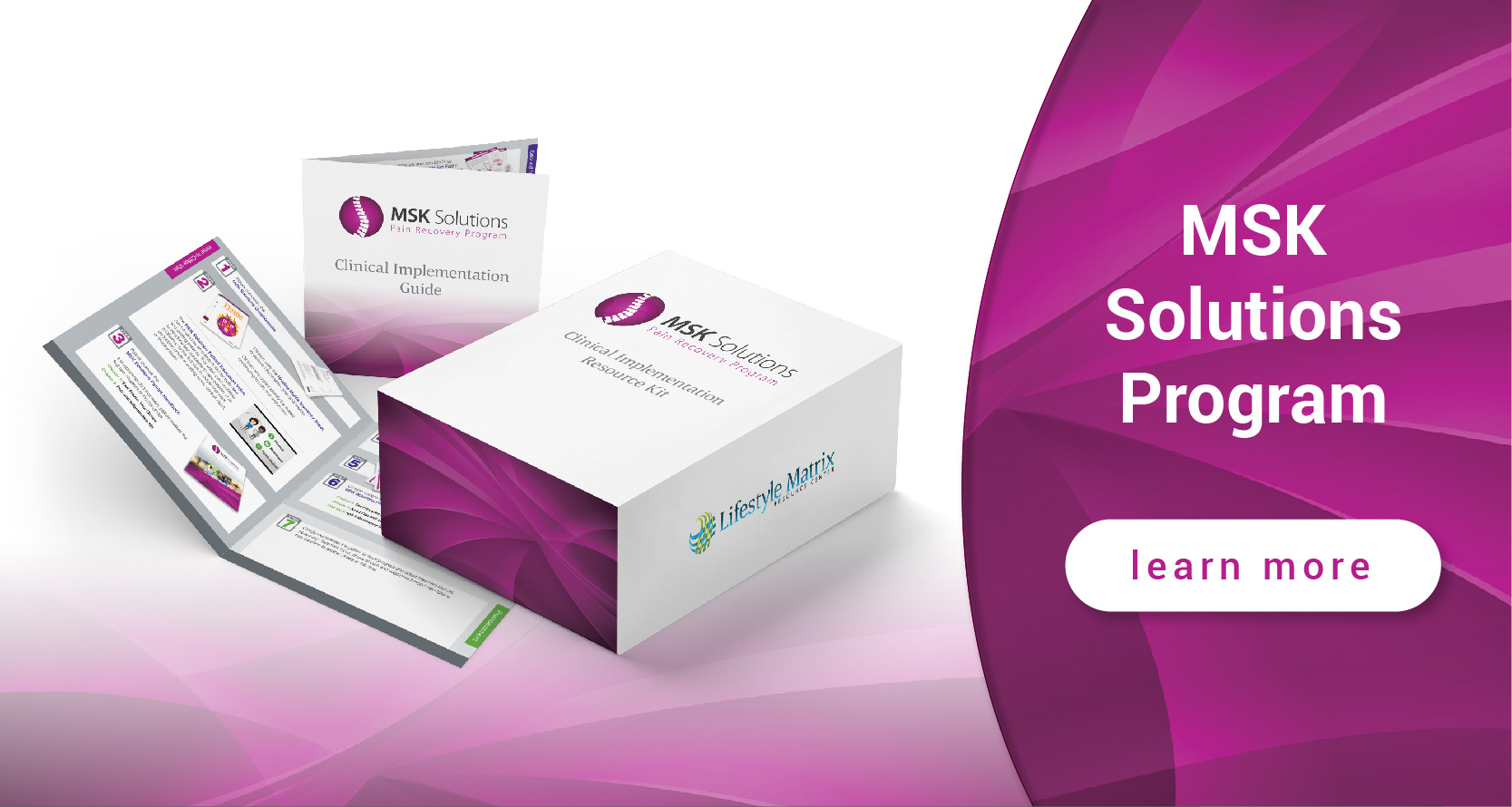Many people have heard of hyaluronic acid in beauty products, but few are familiar with this ingredient as a dietary supplement. We’ll explore a few evidence-based benefits of hyaluronic acid (HA) as a supplement with some of the best uses based on the latest science.
What is hyaluronic acid?
HA is naturally present in the human body. HA is a polysaccharide chain of repeating disaccharide units and plays a key role in the extracellular space supporting connective tissues. It is found most in large quantities in cartilage, synovial fluid, skin, and the aqueous humor in the eye.1,2 HA primarily acts to pull water into and around different structures in the body to maintain lubrication, moisture and decompress tissues.
What is the source of hyaluronic acid?
HA is derived from two primary sources. It is extracted from rooster combs or synthesized by genetically modified bacteria in a laboratory. The original source of bacterial fermentation was from a pathogenic strain of Streptococcus, which required the removal of bacterial endotoxins to ensure safety in the isolated disaccharide. Genetic modification of Streptococcus and other strains now allows less endotoxin production. In rooster comb extracts, HA also includes other naturally occurring glycosaminoglycans.3 The source and preparation method may determine the molecular weight, which can vary between 90,000 and 5,000,000 Daltons. The viscosity of hyaluronic acid increases as the concentration, molecular weight and polysaccharide chain length increase.1,2 Typically, molecules with higher molecular weight are derived from rooster comb extracts and have shown to be beneficial in a variety of applications.7,9
What are the main benefits of hyaluronic acid?
HA works by acting as a cushion and lubricant in the joints, skin and other tissues in the body. In addition, cell studies indicate it might affect the way the body responds to injury and may also decrease inflammation.
- Anti-inflammatory effects: Hyaluronic acid may decrease osteoarthritis pain by decreasing inflammation. Oral hyaluronic acid seems to modestly decrease levels of inflammatory cytokines.4
- Joint effects: HA has been used for numerous joint disorders. Some research suggests it might prevent the breakdown of natural cushioning barriers in the joint.1,5,6Hyaluronic acid seems to bind to cellular receptors located on the surface membrane of cartilage and other cell types, possibly modulating immune response, and improving wound healing.7,8 In osteoarthritis, hyaluronic acid might inhibit the release of enzymes that contribute to the breakdown of cartilage and appear to inhibit chemotactic factors and phagocytosis by mononuclear leukocytes. Hyaluronic acid with a high molecular weight (greater than 500,000 Da) is used for treating osteoarthritis. Oral HA (from rooster comb extract) supplementation demonstrated benefits after three months.7,9
- Wound healing and skin benefits: Topical HA application may promote wound healing by improving blood flow, regulating inflammatory processes, and promoting the formation of granulation tissue.8 In addition, hyaluronic acid improves hydration of the wound margins.10 Oral supplementation has shown mild IL-1B inhibition, and reduced wrinkles in the skin primarily through increasing skin hydration in the dermis and epidermis.11
What are the best clinical applications of hyaluronic acid?
The FDA has approved the use of hyaluronic acid for injection into the knee for patients with knee osteoarthritis. It is also approved as an injection into the eye for patients with cataracts. Limited clinical interventions have used HA to treat urinary tract infections (UTIs), acid reflux, vaginal pain, and general anti-aging benefits. The best applications have been found in hydrating aging skin, osteoarthritis (OA), and dry eye.11
For OA specifically, a product called Mobilee® from Bioibérica was dosed at 80 mg and used daily for three months. Human clinical studies found a reduction joint pain and an increase in joint range of motion .12 Also, an animal study on racehorses with knee arthritis that were given the product orally found that the quantity and quality of hyaluronic acid in the synovial fluid of the joints increased.13
References
- Goa KL, Benfield P. Hyaluronic acid. A review of its pharmacology and use as a surgical aid in ophthalmology, and its therapeutic potential in joint disease and wound healing. Drugs 1994;47:536-66.
- Salwowska, N. M., Bebenek, K. A., ??d?o, D. A., & Wcis?o-Dziadecka, D. L. (2016). Physiochemical properties and application of hyaluronic acid: a systematic review. Journal of cosmetic dermatology, 15(4), 520–526.
- Percival SP. Sodium hyaluronate in perspective: experiences from a four-year clinical trial. Trans Ophthalmol Soc U K 1985;104:616-20.
- Nelson FR, Zvirbulis RA, Zonca B, et al. The effects of an oral preparation containing hyaluronic acid (Oralvisc) on obese knee osteoarthritis patients determined by pain, function, bradykinin, leptin, inflammatory cytokines, and heavy water analyses. Rheumatol Int. 2015;35(1):43-52.
- von Tirpitz C, Klaus J, Bruckel J, et al. Increase of bone mineral density with sodium fluoride in patients with Crohn's disease. Eur J Gastroenterol Hepatol 2000;12:19-24.
- Holmes and et al. Hyaluronic acid in human articular cartilage: Age-related changes in content and size. Biochem.J 1988;250:435-441.
- Dougados M. Sodium hyaluronate therapy in osteoarthritis: arguments for a potential beneficial structural effect. Semin Arthritis Rheum 2000;30(2 Suppl 1):19-25.
- Chen WY, Abatangelo G. Functions of hyaluronan in wound repair. Wound Repair Regen 1999;7:79-89.
- Altman RD. Intra-articular sodium hyaluronate in osteoarthritis of the knee. Semin Arthritis Rheum 2000;30(2 Suppl 1):11-8.
- King SR, Hickerson WL, Proctor KG. Beneficial actions of exogenous hyaluronic acid on wound healing. Surgery 1991;109:76-84.
- Staff Editors. Natural Medicines – Databases: Hyaluronic Acid (2021, February 1). Retrieved March 1, 2021 from https://naturalmedicines.therapeuticresearch.com/databases/food,-herbs-supplements/professional.aspx?productid=1062.
- Kalman DS, Heimer M, Valdeon A, Schwartz H, Sheldon E. Effect of a natural extract of chicken combs with a high content of hyaluronic acid on pain relief and quality of life in subjects with knee osteoarthritis: a pilot randomized double-blind placebo-controlled trial. Nutrition Journal 2008;7(3):1-9.
- Martinez-Puig D, Carmona JU, Arguelles D, Deulofeu R, Ubia A, Prades M. Oral hyaluronic acid administration improves osteochondrosis clinical symptoms and slightly increases intra-articular concentration of hyaluronic acid in a horse model: a pilot survey. Osteoarthritis and Cartilage 2007;15(S3):C62-C63.

Dr. Frank Bodnar is a licensed chiropractor in the states of Wisconsin and Illinois. He holds a doctorate of chiropractic from Palmer College of Chiropractic, and Master of Science degree (magna cum laude) in human nutrition from the University of
Bridgeport. He is certified in sports nutrition from the International Society of Sports Nutrition (CISSN), and is a certified CrossFit Trainer (CF-L1).




